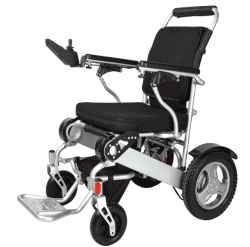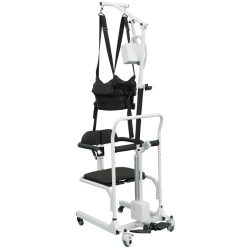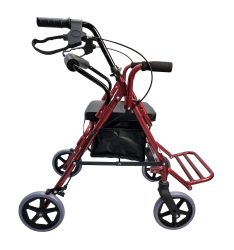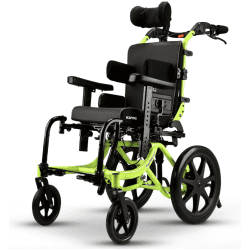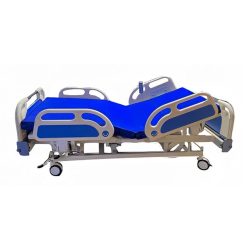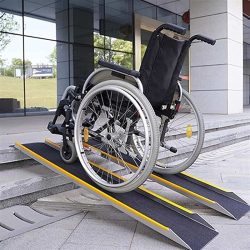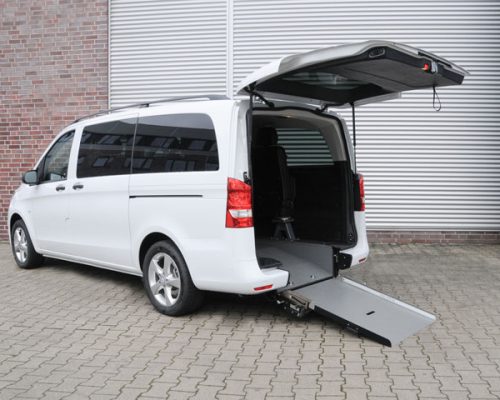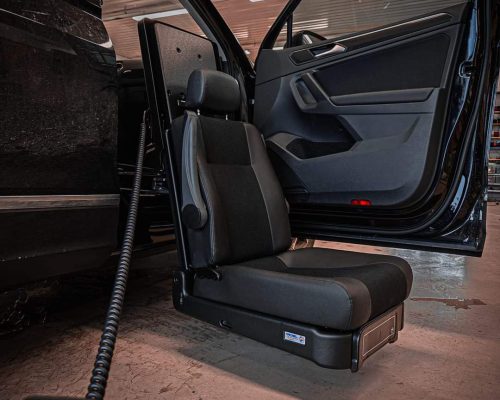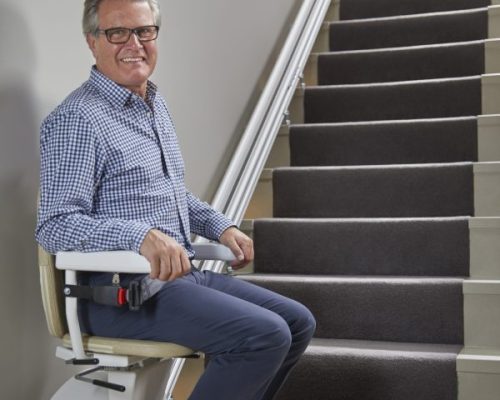Table of Contents
ToggleWhen a loved one needs to use a wheelchair, making sure they are safe while using it is important. We don’t want any untoward incidents happening just because they are not properly secured. To make sure any wheelchair user is safe while riding it, using a seat belt is recommended.
How important are wheelchair seat belts?
A wheelchair seat belt is important in ensuring the safety of individuals with mobility limitations who use wheelchairs in their daily lives. Seat belts not only prevent falls and injuries, but they also provide stability especially during sudden movements or changes in terrain, from smooth pathways to rugged surfaces.

Preventing falls and injuries
There isn’t a 100% guarantee that manual wheelchairs users will be safe while using one. But, there are precautions we can do to make sure the probability of falls and injuries is very small. One of the precautionary measures we can do is by using a robust seat belt. These safety harnesses prevent the user from falling out of the wheelchair during sudden stops, sharp turns, or when riding on uneven surfaces.
Enhancing posture and stability
Wheelchair users, especially those who sit for a long period of time are at risk of developing other long-term health issues. Fortunately, using wheelchair safety belt restraints contribute significantly to making sure the wheelchair user is stable and cutting the risk of slumping or sliding within the wheelchair. Using an air traction belt is also recommended for those who need to improve their postures and reduce back pain.
Reading Suggestion: Comfortable Wheelchairs for Elderly
What are the different types of wheelchair seat belts?
There are different types of wheelchair seat belts available in the market and knowing what pain points these seat belts address will make it easier for you to narrow down your choices and to purchase only the appropriate one. It’s also best to buy only from reputable mobility solutions specialists like Gilani Mobility to ensure you’re buying only original and safe mobility aids.
Two-point seat belts
Two-point seat belts are the most common type of seat belts for wheelchairs. They are called as such because of two anchor points that connect across the user’s lap. Not only are they easy to use and offer a simple yet effective solution in securing the passenger in the wheelchair, a wheelchair seat belt extender can also be added for flexibility in case someone else will use the wheelchair.
Ideal for: Two-point seat belts are perfect for people who require minimal restraint only and still have ample strength and mobility to keep a seated position independently.
Four-point seat belts
In addition to two-point anchor points, four-point seat belts have two additional anchor points for more stability. These seat belts also have shoulder straps, creating a four-point restraint system.
Ideal for: These seat belts are recommended for those with moderate to severe mobility limitations. Using these seat belts on a manual or electric wheelchair minimizes the risk of slips and or falls. They also help with posture since the shoulder straps provide extra support.
Harness style seat belts
Harness-style seat belts are called as such because they are designed to resemble a full-body harness securely strapping the user’s upper body part such as the torso, shoulders, and chest providing a more comprehensive support than the two and four-point seat belts.
Ideal for: Wheelchair users with limited upper body strength or those prone to sudden movements. This type of seat belt offers maximum security especially with a wheelchair seat belt safety lock ensuring the user remains secured in the chair.
Factors to consider when choosing a wheelchair seat belt
Choosing the right seat belt for a wheelchair involves several factors such as:
User mobility and strength
Since the wheelchair seat belts are designed for different levels of user mobility, this is the primary consideration when selecting a seat belt. If the user still has greater mobility and strength, the wheelchair seat belt positioning of the two-point or four-point across the user’s lap will do.
Comfort and fit
The comfort of the seat belt is important for long-term use. Adjustable straps and pads contribute to a more comfortable fit and prevent chafing or discomfort.
Ease of use
Consider the user’s ability to maneuver and use the wheelchair independently, especially the buckling and unbuckling of the wheelchair seat belt buckle. Easy to use mechanisms and accessible buckles are recommended for those with limited mobility.
Reading Suggestion: Global Village Wheelchair
Lifestyle
The user’s lifestyle is also a consideration. There are individuals with mobility issues that still lead an active lifestyle and as such, must have a wheelchair plus seat belt that could accommodate their active pursuits.
Regulatory compliance
Lastly, make sure that the chosen seat belt complies with relevant safety regulations. This is particularly important for those looking to purchase a wheelchair seat belt for van for those who frequently travel on their wheelchair accessible vehicles.

Installation and maintenance tips
Once you have purchased the most suitable seat belt for your wheelchair, it’s important to know how to properly install it. Regular maintenance is also necessary to ensure continued safety and effectiveness.
Follow manufacturer guidelines
Always follow the guidelines set by the manufacturer in installing the seat belt. This includes proper installation of the wheelchair seat belt buckle guard, adjustment of straps and securing all anchor points.
Regular inspections
Regularly check your seat belt for any signs of fraying. Damaged seat belts, especially the pin release wheelchair seat belt, are dangerous and might be the cause of accidents.
Cleaning and care
Clean the seat belt regularly in accordance with the manufacturer’s recommendations. This may be cleaning with a mild detergent or removing the belt from the wheelchair for a more thorough wash.
Frequently Asked Questions
How to put a seat belt on a wheelchair?
Putting a seat belt on a wheelchair is easy. First, identify the attachment points on the wheelchair frame. Once you have identified the attachments, simply thread the seat belt through these points and fasten the buckle. To attach other add ons such as wheelchair seat belt cover, make sure to follow the manufacturer’s manual.
How to use a wheelchair seat belt?
To use a wheelchair seat belt, make sure that the seat belt is properly secured on the wheelchair frame. Once the user is sitting down, fasten the buckle and attach the wheelchair seat belt extension (if necessary), adjust the strap for a secure but comfortable fit.
Can you put a seat belt on a wheelchair?
Yes. Not only is it possible, it’s also a must. There are also add ons that you can attach to your wheelchair for safety and security such as wheelchair seat belt alarms, buckle guards, covers, extenders, etc.
Is a wheelchair seat belt considered a restraint?
A wheelchair seat belt is considered a restraint in a sense that it is designed to keep the wheelchair user in place during movement.
Why do wheelchairs have seat belts?
Wheelchairs have seat belts for safety. These seat belts ensure that the person with mobility issues riding the wheelchair will not be subjected to any falls and or injuries. And if you’re renting, make sure that the electric wheelchair rental you have availed also comes with seat belts.
How do you fit a wheelchair lap belt?
Fitting a wheelchair lap belt is similar to fitting a two or four-point seat belt and harness style seat belt.

